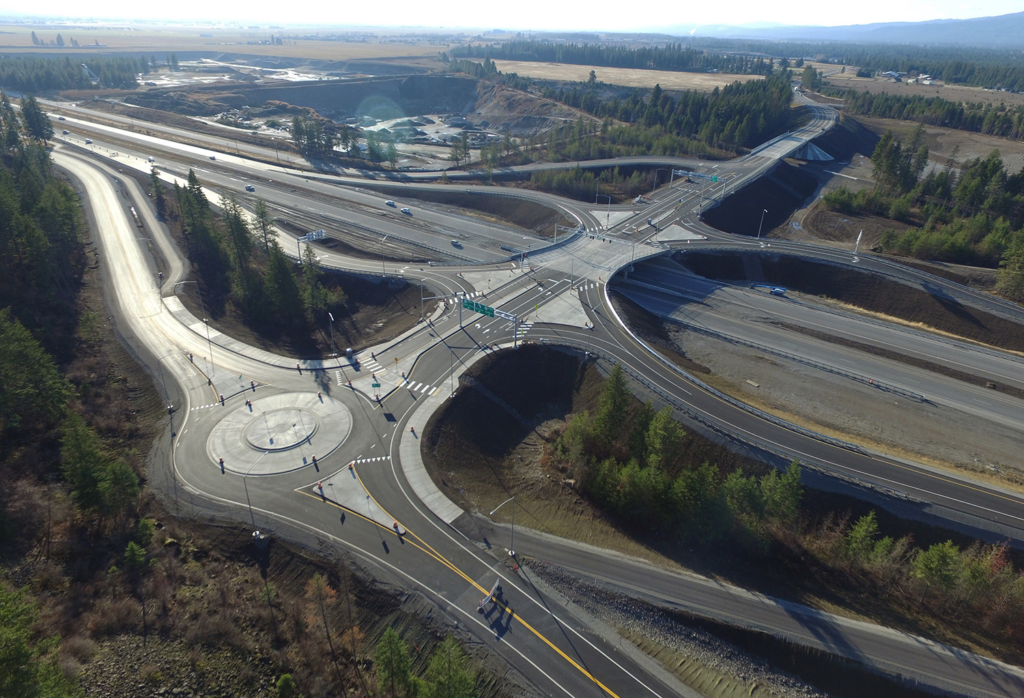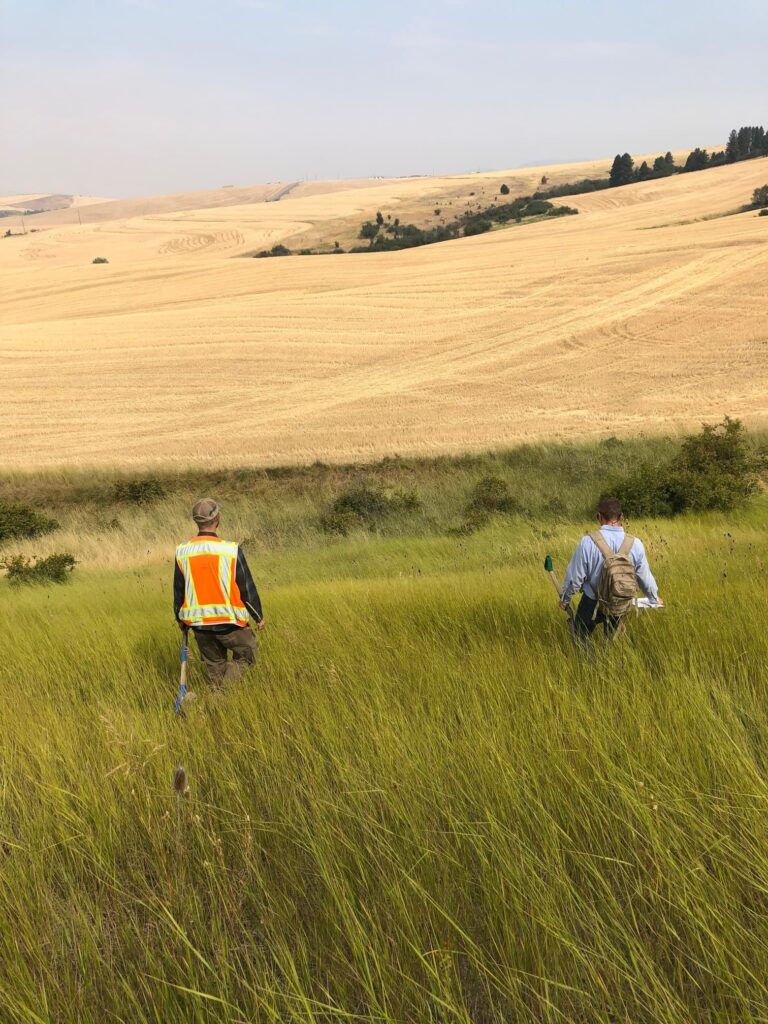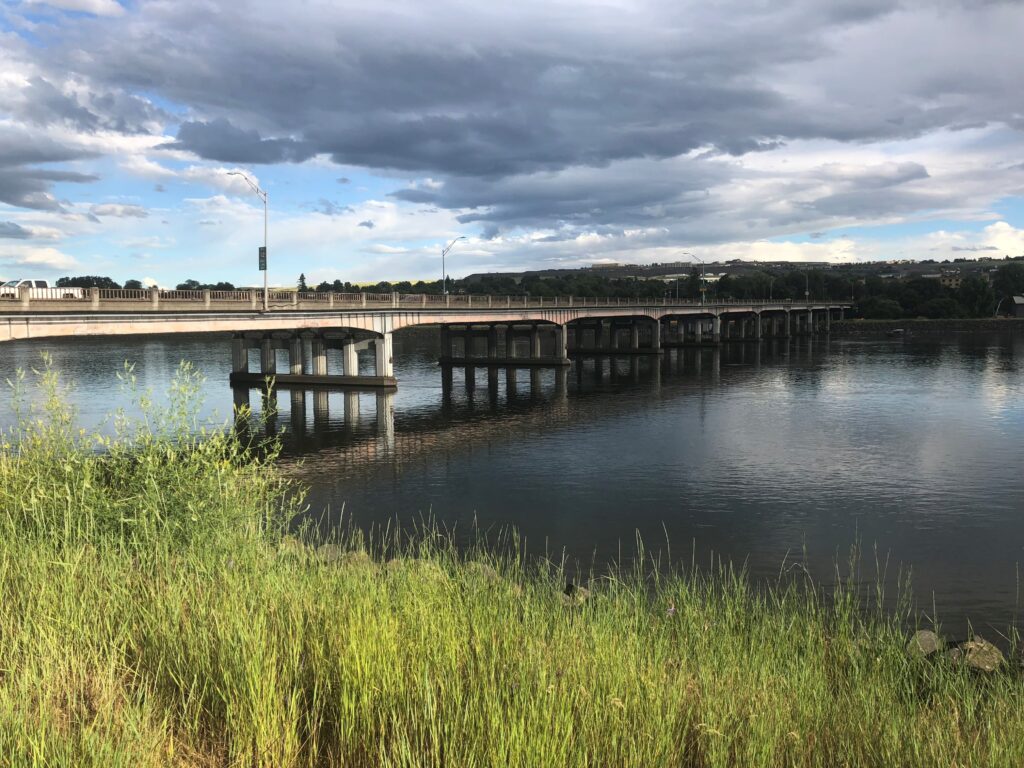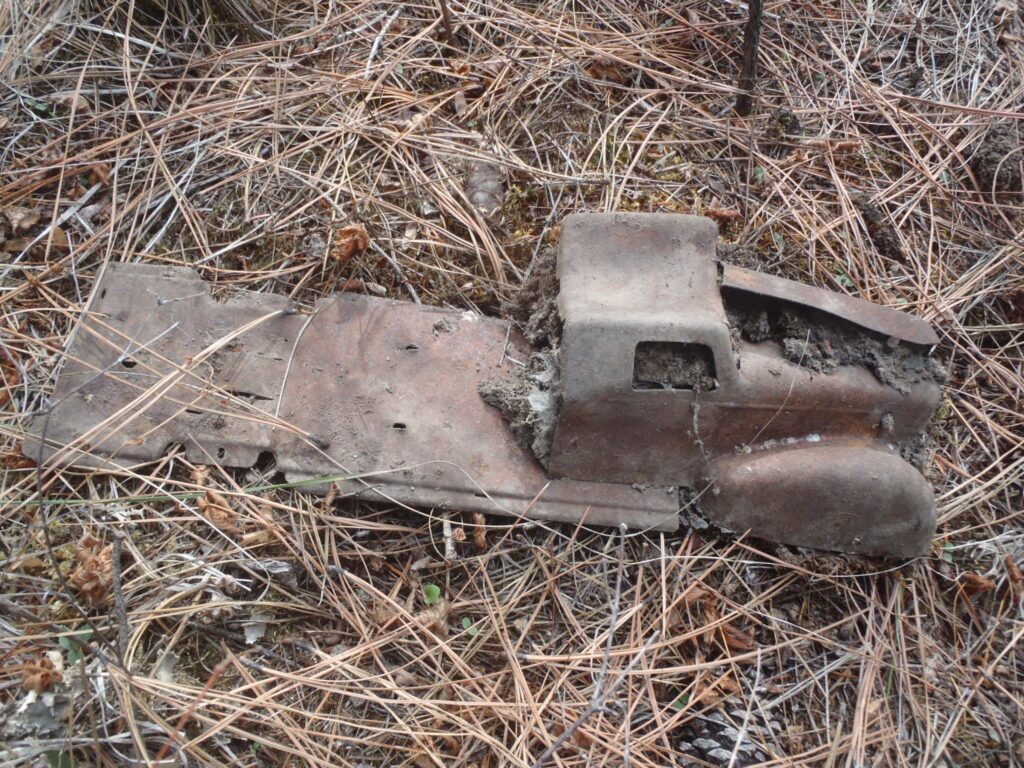PROJECTS
PLANNING AND PERMITTING

Spokane Riverfront Park Redevelopment
AEC was the Strategic Environmental Permit and Cultural Resources Advisor for the City of Spokane for the redevelopment of Riverfront Park, an approximately 70-acre park in downtown Spokane which hosted the 1974 World Fair.
AEC worked with several design teams to ensure that all environmental requirements were met for the multiple project phases and found innovative ways to streamline the environmental studies, permits, and approvals to meet the aggressive schedule.
AEC provided environmental oversight for permits and cultural resource tasks; reviewed and adjusted consultant contracts and schedules; conducted permit reviews; ensured compliance with legal notice requirements for Shoreline Conditional Use Permits and Shoreline Exemptions; and completed environmental tasks and reports where gaps were identified. AEC prepared SEPA checklists, Critical Area checklists, shoreline permits, NPDES, and Stormwater Pollution Prevention Plans. AEC also assisted with Section 106 Consultation, the Historic Preservation Plan for the Park, negotiated the mitigation in the MOA development, conducted a cultural resource survey review, assisted with construction monitoring/compliance, and identified and resolved risks to the project schedule. This project won a national award.

US-95, Garwood to Sagle Environmental Impact Statement
AEC prepared an EIS for this significant FHWA/ITD 31.5-mile realignment and expansion of US-95 between Kootenai and Bonner County for Idaho Transportation Department (ITD) District 1. This project expanded the two-lane highway to a four-lane freeway with frontage roads, interchange utility corridors, and bicycle/pedestrian paths.
The EIS required technical analyses for a full range of environmental issues including: biological issues; wetland delineation and mitigation; floodplains; hazardous materials; wildlife connectivity; air quality; farmland; secondary and cumulative effects; land use; environmental justice; noise, social, and economic analysis; and construction. This project included extensive public involvement, agency coordination, and development of impact analysis for numerous alignment alternatives.

US-95 Thorncreek Road to Moscow
AEC prepared: the Draft Environmental Impact Statement (DEIS); final EIS; Record of Decision (ROD); 4(f); noise analysis; addendums to the AHSR; Administrative Record (from 2003 to 2016); permitting; commitment tracking; reevaluation; and assisted with Public Involvement for this FHWA funded 6.5 mile highway realignment Project for ITD District 2. AEC also prepared a 404(b)1 analysis and responded to over 500 comment letters during the EIS and permitting, and responded to requests for information during the legal challenges.
AEC began working on this project in mid 2011. This was a highly controversial project, which was legally challenged twice and decided twice in ITD/FHWA’s favor.
RESTORATION AND CONSTRUCTION SUPPORT

Saltese Flats Wetland Restoration Project
AEC worked with Spokane County on the restoration of this 512 acre farm to create and restore wetland and to develop a recreational trail and facility. AEC prepared the Habitat Management Plan; delineated and rated portions of the project; prepared permit applications including a SEPA, JARPA application; EZ-1 Cultural Review; conducted Rare Plant surveys; and facilitated agency site meetings.

Indian Creek Fish Passage Improvement Project
AEC prepared a Wetland Delineation and Mitigation Plan; SEPA, JARPA application; NEPA ECS; and BA SPIFF for this FHWA funded bridge replacement and fish passage barrier removal project for Pend Oreille County Public Works. This involved coordination with WSDOT, the Kalispel Tribe, WDFW, Ecology, Pend Oreille County Natural Resources, and other agencies.
The delineation was completed according to the USACE 1987 Methodology for Wetland Delineation and the Western Mountains and Valleys’ supplement. The Eastern Washington Rating form was also used to determine appropriate functional Category and setbacks. The Ecology Debit Credit methodology was used to determine the appropriate wetland and buffer mitigation to replace impacted wetland functions and values. AEC also provided environmental construction support, oversaw dewatering, fish removal, and mitigation implementation.
BIOLOGICAL

Spokane River Licensing Noxious Weed Inventory & Control
AEC conducted a terrestrial noxious weed survey of over 2,500 acres for Avista Utilities for the Spokane River Hydroelectric Project in Washington and Idaho.
AEC identified and mapped noxious weed populations and densities; created a noxious weed dataset in GIS; and mapped weed populations. AEC also prepared a Control Recommendation Report, which outlined recommendations for an integrated management approach to noxious weed control for the area. AEC provided georeferenced maps and kmz files for use by the weed contractors during weed control field work.

US-12 Clearwater Memorial Bridge Rehabilitation Biological Assessment
AEC prepared a Biological Assessment for the Clearwater Memorial Bridge Rehabilitation on the Clearwater River in Lewiston, Idaho for ITD District 2. This document analyzed Endangered Species Act (ESA) compliance for impacts to federally listed fish species with an effect determination of “Likely” to “Adversely Affect” (LAA) formal consultation and Biological Opinion. AEC also prepared the in-water and cultural permitting for geotechnical investigation, Environmental Scan, and assisted with agency coordination with Idaho Department of Fish and Game (IDFG), US Fish and Wildlife Service (USFWS), National Oceanic and Atmospheric Agency (NOAA), US Army Corps of Engineers (USACE), and the Coast Guard.
CULTURAL

Cultural Resource Inventory for the Cheeky Fuels Reduction Project
AEC performed background research and record review on the Department of Archaeology and Historic Preservation’s (DAHP)’s Washington Information System for Architectural and Archaeological Records Data (WISAARD) database in advance of a 572-acre fuels reduction project within a Steven’s County timbered unit of the Little Pend Oreille National Wildlife Refuge (NWR) for the USFWS.
AEC Performed intensive cultural resource inventory as per DAHP’s survey guidelines. AEC completed Archaeological Site Inventory (ASI) forms and developed determination of eligibility recommendations for two historic trash dumps. AEC authored a professional report of findings.
PROJECT LOCATIONS
Being Updated
